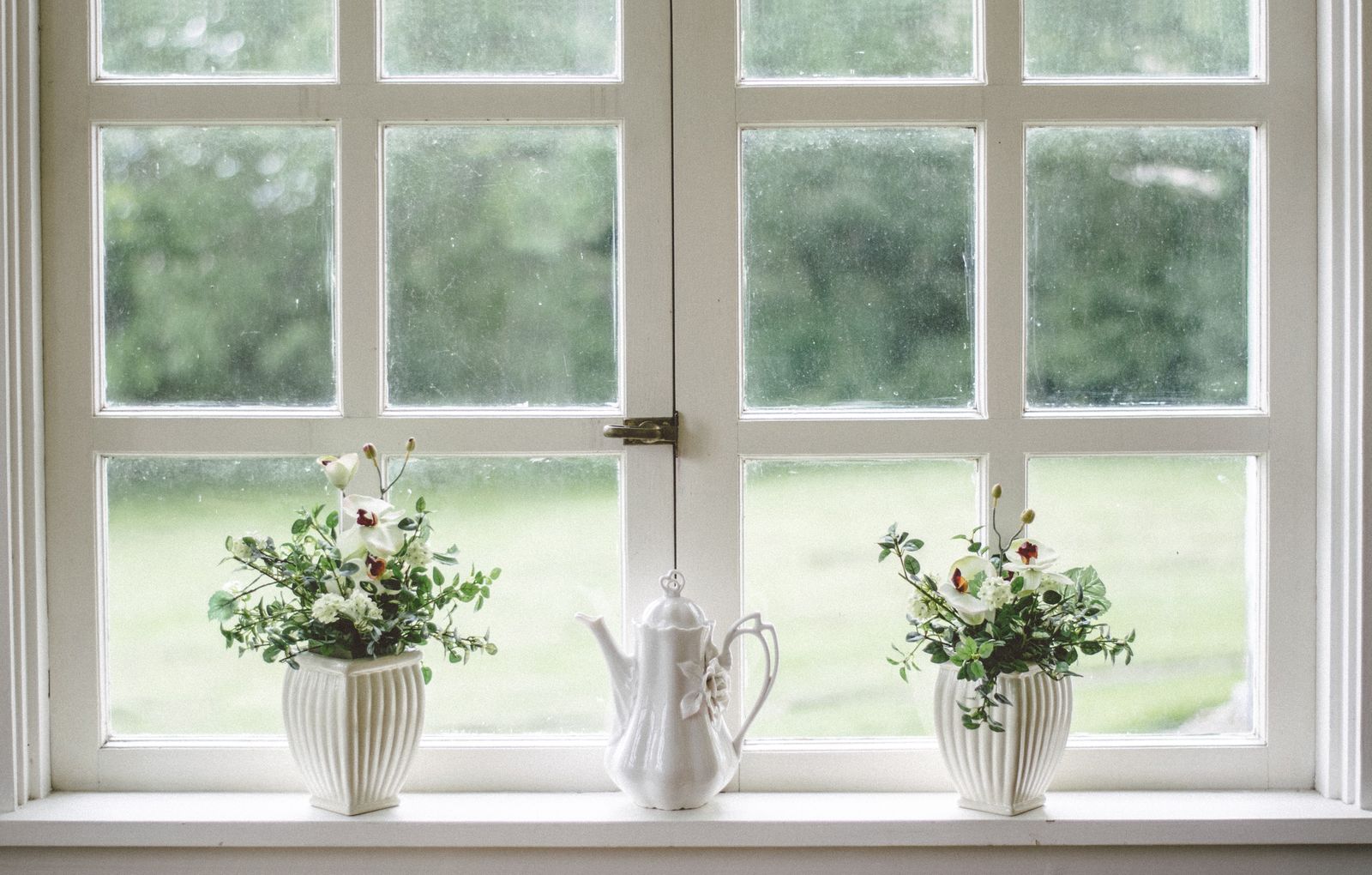Tips for Reducing CO2 Emissions Trapped in Your Home
by Dianna Smith
Aug 9, 2019 4:42 AM
People don’t think much about CO2. You may hear about it in the news through climate change coverage, but it usually doesn’t affect your day-to-day life.
However, more and more research is beginning to point to the direct effects that CO2 has on the human body. From fatigue and headaches to lack of concentration and slower thinking, carbon dioxide can impact many aspects of your life. While the recommended amount can vary, in general, you should aim to keep your CO2 levels lower than 1000 ppm.

Luckily, there are some simple steps you can take to ensure that you are living life without being bogged down by excess carbon dioxide.
Increase Ventilation
The best way to reduce CO2 levels in your home is through ventilation. Because CO2 levels are usually lower outdoors, diluting the indoor air with outdoor air will keep carbon dioxide concentrations from rising too high. You can do this two ways:
1. Mechanically
Installing and maintaining a good ventilation system will help reduce CO2 levels. As the system brings in fresh outdoor air, the CO2 will naturally dilute and become less concentrated, keeping the indoor carbon dioxide within safe levels.

2. Manually
You don’t need a fancy ventilation system to limit the impact of CO2. Simple methods like opening a window will let the carbon dioxide escape from the room. This is especially important for activities like cooking; anything with an open flame consumes oxygen and produces carbon dioxide. Using gas or wood stoves will dramatically increase CO2 levels in your home, potentially impacting your health and the health of your family.
Opening a window or even keeping the bedroom door open when you sleep will help you sleep better. As you sleep, you exhale carbon dioxide. By keeping the door open, you increase the amount of air that dilutes the gas. This will lower CO2 levels in your room, which studies show keeps the air fresher so you can sleep sounder and can perform better the next day.
Avoid Small, Crowded Areas
This tip is especially important for parents and office workers. In tight areas with a lot of people, the collective exhalations produced by the room’s occupants will make the CO2 levels skyrocket. While this mainly applies to school classrooms and office meeting rooms, overcrowded homes with poor ventilation can also experience high CO2 conditions. If the air feels stuffy and stagnant, this is likely due to elevated levels of CO2.

For schools, reducing the number of children in each classroom, or even holding class outside, will help keep the CO2 levels lower. If this can’t be avoided, opening some windows, checking the condition of the ventilation system, or at least keeping the classroom door open will help as well. For offices, having shorter meetings or holding meetings in a larger space can prevent this from happening. Holding meetings outside can also avoid the issue of overcrowding. Similarly, having outdoor parties can prevent CO2 from building up in your home.
Limit Open Flames
This may seem like a strange tip initially, but open fire in your home is more common than you think. Like we mentioned above, if your stove is powered by gas or wood, then you already have one source of CO2 in your home. If you enjoy lighting candles or sitting by the fireplace in the evening, you may be receiving higher doses of CO2 than you are aware of. On a similar note, smoking cigarettes or other substances in your home involves fire. Among other dangerous chemicals, cigarettes also release large amounts of CO2 that can get trapped in your home.
All fire is a combustion reaction; as it burns, fire uses oxygen in its chemical reaction. Not only will it use up some of the oxygen in your home, but it will replace it with CO2. To avoid the dangers of CO2 buildup, limit how much you burn in your home. Ways to do this include: asking friends to smoke outside, using an outdoor fireplace, and reducing the number of candles you burn. For necessary things, like using the stove, make sure your range hood is working and open your kitchen window to release some of the excess CO2.
Get a CO2 Monitor
Carbon dioxide is tricky to track. Because CO2 is both odorless and colorless, you cannot detect it on your own. Similarly, because the molecules are so small, your air filter will not filter out the gas. As a result, you will likely only know if CO2 levels are high once you experience symptoms, which is not a good option for you or your family.
There is a solution, however. Carbon dioxide monitors enable you to know exactly how much CO2 is in your air and when you should take steps to limit its impact.
